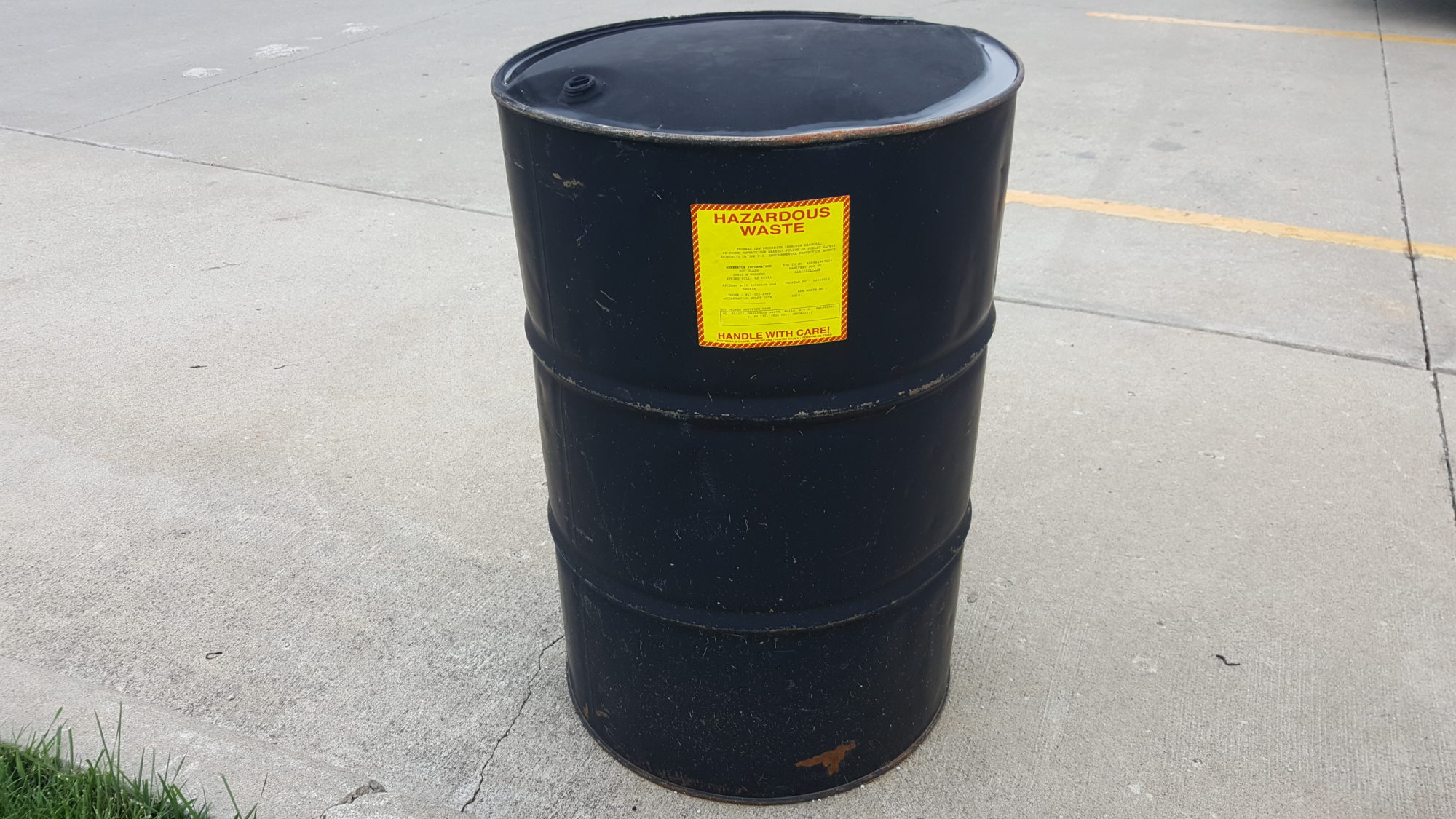 The below is taken verbatim from the Michigan DEQ website.
The below is taken verbatim from the Michigan DEQ website.
Contact: Ronda Blayer 517-284-6555
Agency: Environmental Quality
On November 28, 2016, the final Generator Improvements Rule was published in 81 Federal Register 85732. These regulatory revisions were promulgated under the authority of the federal Resource Conservation and Recovery Act of 1976. As such, they do not take effect in Michigan, a federally authorized state, until the rules are promulgated at the state level.
States are required to adopt any revisions that are more stringent than the existing federal program. However, less stringent revisions are optional in terms of adoption by authorized states.
The Michigan Department of Environmental Quality is in the process of reviewing these revisions for inclusion in the administrative rules promulgated pursuant to Part 111, Hazardous Waste Management, of Michigan’s Natural Resources and Environmental Protection Act, 1994 PA 451, as amended. The Generator Improvements Rule will be part of Amendment 12 to the Part 111 rules. It is anticipated that this rulemaking process will be initiated in summer 2017. There will be an opportunity for public comment consistent with the past hazardous waste management program rule packages.
If you are interested in being placed on a mailing list for information regarding this rulemaking effort, please provide your name, company, address, email address, and telephone number to Ronda L. Blayer, Hazardous Waste Program, Waste Management and Radiological Protection Division, at 517-284-6555 or blayerr@michigan.gov.
Contact me with any questions you may have about the generation, identification, management, and disposal of hazardous waste Daniels Training Services, Inc. 815.821.1550 |
One thing the Generator Improvements Rule hasn’t changed is the need for generators of hazardous waste to provide initial and annual training for their hazardous waste personnel. Contact me if you require this training and if you want it to include the requirements of the new Generator Improvements Rule that are applicable to your operations.

